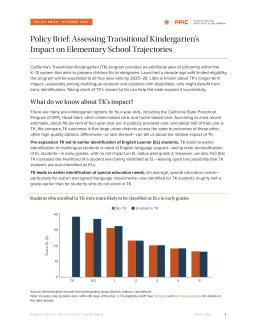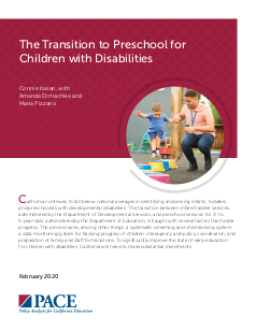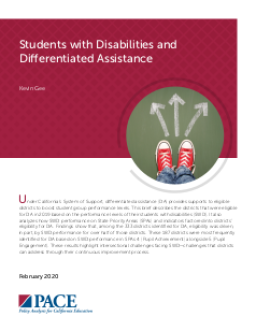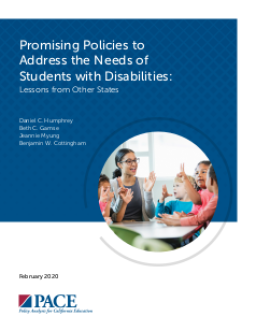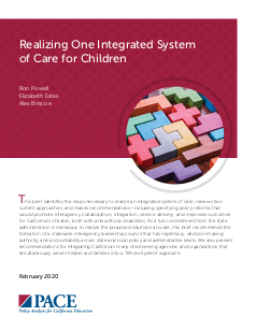Summary
Summary
This suite of publications provides 10 recommendations based on the PACE report to help educators and district leaders provide high-quality instruction through distance and blended learning models in the 2020-21 school year. Despite the challenges of COVID-19, research can guide decisions about student learning and engagement. These recommendations can be used as a framework to prioritize quality instruction.
Summary
California is failing to identify and serve infants, toddlers, and preschoolers with developmental disabilities compared to national averages. The transition from infant/toddler services to preschool services is hindered by various factors such as the lack of a systematic screening and child tracking system, interagency coordination, and family/staff preparation for transitions. Significant investments are required to improve the state of early education for children with disabilities in California.
Summary
Summary
Summary
Summary
In the run-up to 2020 elections, where do California voters stand on key education policy issues? This report examines findings and trends from the 2020 PACE/USC Rossier poll. Key findings include rising pessimism about California education and elected officials, continued concern about gun violence in schools and college affordability, and negative opinions about higher education. However, there is substantial support for increased spending, especially on teacher salaries.
